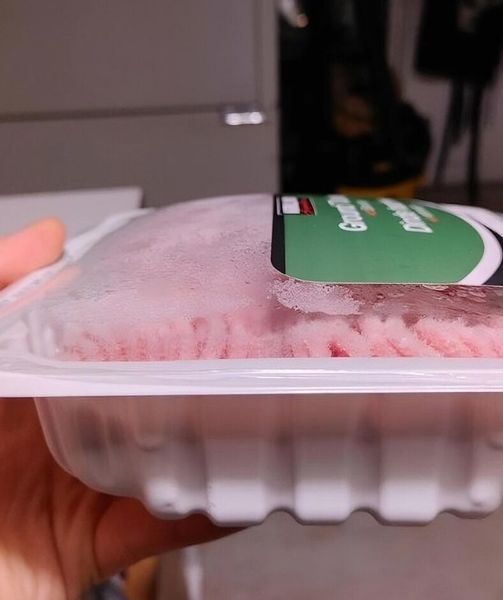Have you ever grabbed a bag of chips at the store and noticed how puffed up it feels? At first glance, you might assume it’s either a packaging mishap or a sneaky way to make the bag appear fuller than it really is. However, that extra air isn’t a mistake or a ploy—it’s an intentional and critical part of ensuring your snacks arrive fresh and intact. The design serves a purpose that goes beyond appearances. Let’s explore why some foods come packaged with air while others don’t, what bloated packaging can indicate, and how understanding these details can keep your food safer and fresher.

The puffiness you see in a chip bag is not just a random design choice. Known as “slack fill,” the extra space is carefully calculated to protect the fragile chips during transportation. Chips are notoriously delicate and can easily break from even slight pressure. The additional air acts as a cushion, absorbing shocks and impacts that would otherwise leave you with a bag full of crumbs. This clever design ensures your chips remain whole and crispy by the time they reach your hands.
Interestingly, the air inside chip bags isn’t ordinary air—it’s nitrogen gas. Unlike oxygen, which can make chips go stale quickly, nitrogen preserves freshness and extends shelf life. Oxygen is responsible for oxidation, the process that makes food lose its crunch and flavor. By replacing oxygen with nitrogen, manufacturers ensure that your chips retain their delicious taste and texture. So, while your bag of chips may appear half-empty, it’s actually a testament to the science that goes into delivering the best possible snack experience.
On the flip side, not all foods benefit from air in their packaging. For perishable items like cheese, sausages, and seafood, air can accelerate spoilage and create a breeding ground for harmful bacteria. Oxygen, in particular, speeds up the deterioration process, making these items unsafe to consume. To counter this, many perishable foods are vacuum-sealed, a process that removes nearly all air from the packaging. Without oxygen, bacteria find it difficult to thrive, preserving the freshness and safety of the food for a longer period. Vacuum sealing is why your favorite block of cheese or a package of smoked salmon remains fresh until you’re ready to enjoy it.
While air-filled chip bags are perfectly normal, swollen packaging on perishable items is a major warning sign. If you come across a package of meat, dairy, or canned goods that looks unusually bloated, it’s time to be cautious. Swelling typically occurs when bacteria inside the package produce gases such as carbon dioxide, causing the packaging to expand. While some bacteria are harmless and only cause spoilage, others can release toxins that lead to foodborne illnesses. For your safety, it’s best to leave bloated packages on the shelf or discard them if you’ve already brought them home.
Certain types of foods are more susceptible to bloated packaging than others. Perishable goods like sausages, soft cheeses, and dairy products are particularly prone to swelling. Even canned goods can exhibit bloating if they’re damaged or improperly stored. In such cases, the bloating indicates bacterial activity, which is a clear signal to avoid consuming the product. Before purchasing food, always inspect the packaging closely for signs of swelling or damage to reduce the risk of buying spoiled items.
To shop smarter and ensure your groceries are safe to eat, keep a few practical tips in mind. First and foremost, avoid any product with visibly bloated packaging. This is a strong indicator of bacterial contamination, and it’s better to err on the side of caution. Once you’ve brought your groceries home, proper storage is essential. Refrigerate perishable items like meat and dairy immediately and store canned goods in a cool, dry place. Additionally, trust your senses—if you open a package and something smells, looks, or feels off, don’t risk it. Discard the item to protect your health. Lastly, always check expiration dates, as bloated packaging often accompanies products nearing or past their expiry.
Understanding the purpose behind different types of packaging can empower you to make safer choices when shopping. While puffed-up chip bags are designed to protect the product and ensure quality, swollen packaging on perishable items usually signals spoilage or contamination. Paying attention to these details helps you prioritize food safety, reducing the risk of consuming unsafe items. In the end, protecting your health is far more important than saving a few dollars. By following these guidelines, you can shop with confidence, ensuring that the food you bring home is fresh, safe, and enjoyable.





